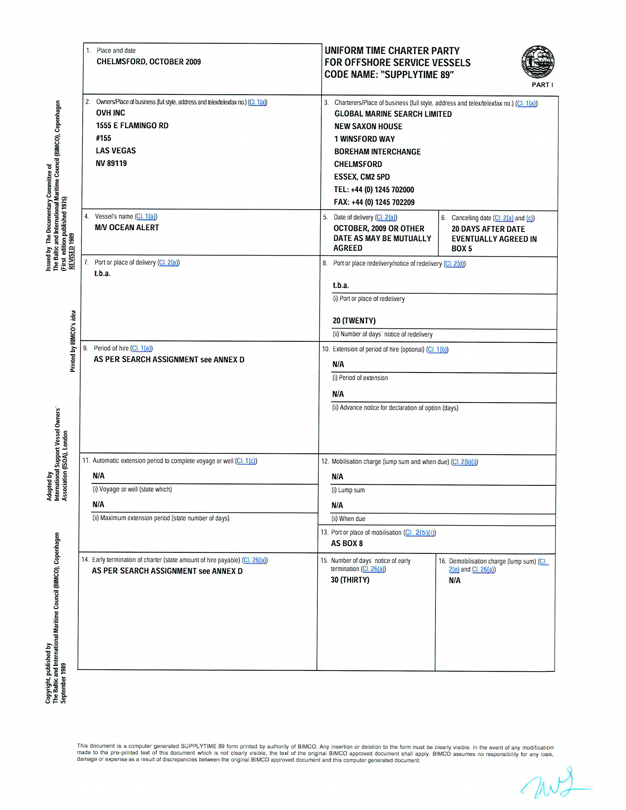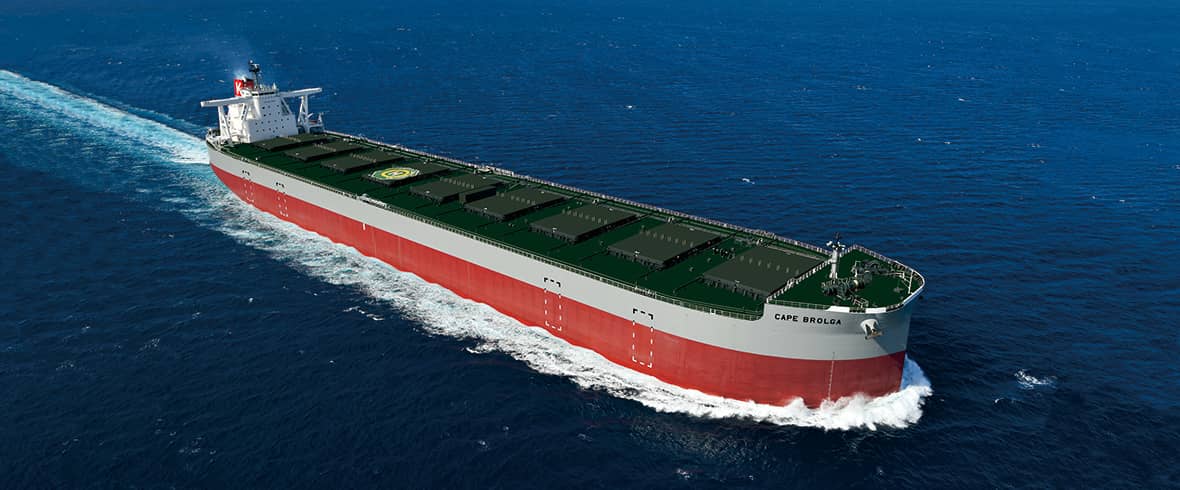Operation of sea going bulk carriers posed a number of risks. You must plan your trip well and be cautious in dealing with all shipboard issues. This site was created to be a quick guide for shipping organizations around the world. It provides information and guidance on loading and unloading bulk cargo types. The website must stay within the limits established by the classification society. It is crucial to limit the risk of stressing the structure of the ship and to follow all safety guidelines to ensure the safety of sea travel. The pages that detail bulk carriers include information that can be beneficial for both the personnel working at the terminal and those working aboard.
General characteristics of seagoing bulk carriers
Bulk carriers, which are single-deck vessels equipped with top-side tanks, or hopper side tanks within cargo spaces, are made to transport bulk cargo from a one commodity. Solid bulk cargo is any substance other than gas or liquid, which is larger pieces of material, usually uniformly composed, and loaded directly into ship's cargo areas. These dry cargoes can include bulk grain, sugar and ores. The broadest definition of the word bulk carrier, any ship designed to transport bulk goods (solid or liquid) in bulk could be classified as bulk carriers. Tankers also fall within this umbrella. In common usage, however bulk carriers are utilized to transport solid bulk cargos. This would include grain and similar agricultural products and minerals such as coal, iron ore, stone and coal. Check out this dry cargo vessel url for more.

What Is A Bulk Carrier What Are The General Characteristics Of Bulk Carriers? Include:
"A ship which is intended primarily to carry dry cargo in bulk, including such types as ore carriers and combination carriers"
-Carrying capacity varying from 3,000 to 300,000 tonnes
Average speed of 12 to 15 knots
-Single deck ships, ie no tweendecks
Carriers of small- to medium-sized bulk (carrying the maximum amount of 40,000 tonnes) are generally equipped with cargo handling equipment. Larger vessels employ facilities that are located on shores, which allows the loading and unloading of cargo.
Cargo hold dimensions are usually large free of obstructions. They also come with larger hatches that enable easy loading and unloading.
The majority of bulk carriers have a ballast hold. It can be utilized during ballast voyages to improve stability. It's also possible to partially ballast, but this is only for ports.
They are available as single pull or stacking (piggyback) types of steel hatch covers.
Quatre types of ballast tanks
Sloping topside wing tanks
Tanks with a sloping bottom side.
Double bottom tanks
Ballast during peak times and after that in the peak tank.
Solid bulk cargo? Solid bulk cargo means anything other than liquids or gases that is made up of grains, particles, or larger pieces, and can be loaded directly into cargo area without the need for additional containment. Bulk carriers are able to carry diverse cargoes comprising "clean" food items and "dirty", minerals, as well as cargoes that could interact with each other or other contaminants, such as water. It is crucial to ensure that cargo spaces are ready for the specific cargo. Cleanliness must be appropriate for the cargo to be loaded. This will usually require a surveyor to assess the space to ensure it is suitable to load. To avoid contamination, it's important that all traces of prior cargoes are cleared. Damage to bulk cargoes is mostly caused by water. Therefore it is essential that not only the holdings be dry for cargo to be able to enter, but hatch covers must be watertight, or when necessary, sealed to prevent ingress of water. All fittings inside the hold (ladders and pipe guards, bilge covers and bilge cover.) must be examined. All fittings within the hold (pipe guards and bilge covers.) are to be examined to ensure that they are in good condition and securely fastened. The equipment may cause significant damages to conveyor belt systems and consequent delays, for which the ship will be held responsible if they accidentally discharge the cargo. Peruse this obo carrier site for more.

Bulk Carrier, Bulker? A vessel intended to transport dry cargo. Traditional bulk carriers are built using a single-deck and a single skin. They also have a double bottom, and the hopper side tank. Topside tanks inside cargo spaces are also included. Bulk carriers have the ability to carry heavy ore and light grain with their greatest weight. The process of loading, carrying and then releasing dry bulk cargo is more complicated than people believe.
Gearless Bulk Carrier
A lot of bulk cargoes pose dangers and may be damaged throughout the journey. The ship may be damaged by incorrect loading e.g. If a ship isn't loaded to its maximum forward is prone to being bent by loading it excessively. This is called stress. could lead to dangers to life at sea, especially during bad weather. The last cargoes may also be negatively affected by the residues of earlier cargoes. Some bulk cargoes can also be affected by water damage, e.g. cement power. It is not easy to verify true the weights or amounts of cargoes that are loaded or discharged. Each of these elements can have serious consequences for safe bulk cargo transport. Discharging bulk cargo using? conveyor belts and similar systems are not controlled and supervised, bulk cargoes will make an elongated cone. The angle of repose is known as "angle of repose" and it varies depending on the particular cargo. For iron ore, cargoes may create a cone with a steep angle. However, cargoes that flow freely could create a cone with a shallow angle. A cargo that has a low angle of repose is at risk of possibility of shifting in transit. Certain cargoes may require bulldozers to help spread the load into the holdings. Dry-bulk carriers depend on shoreside facilities for loading and discharging cargo. Bulk carriers can also self-unload using cranes or conveyors that are mounted on deck.
